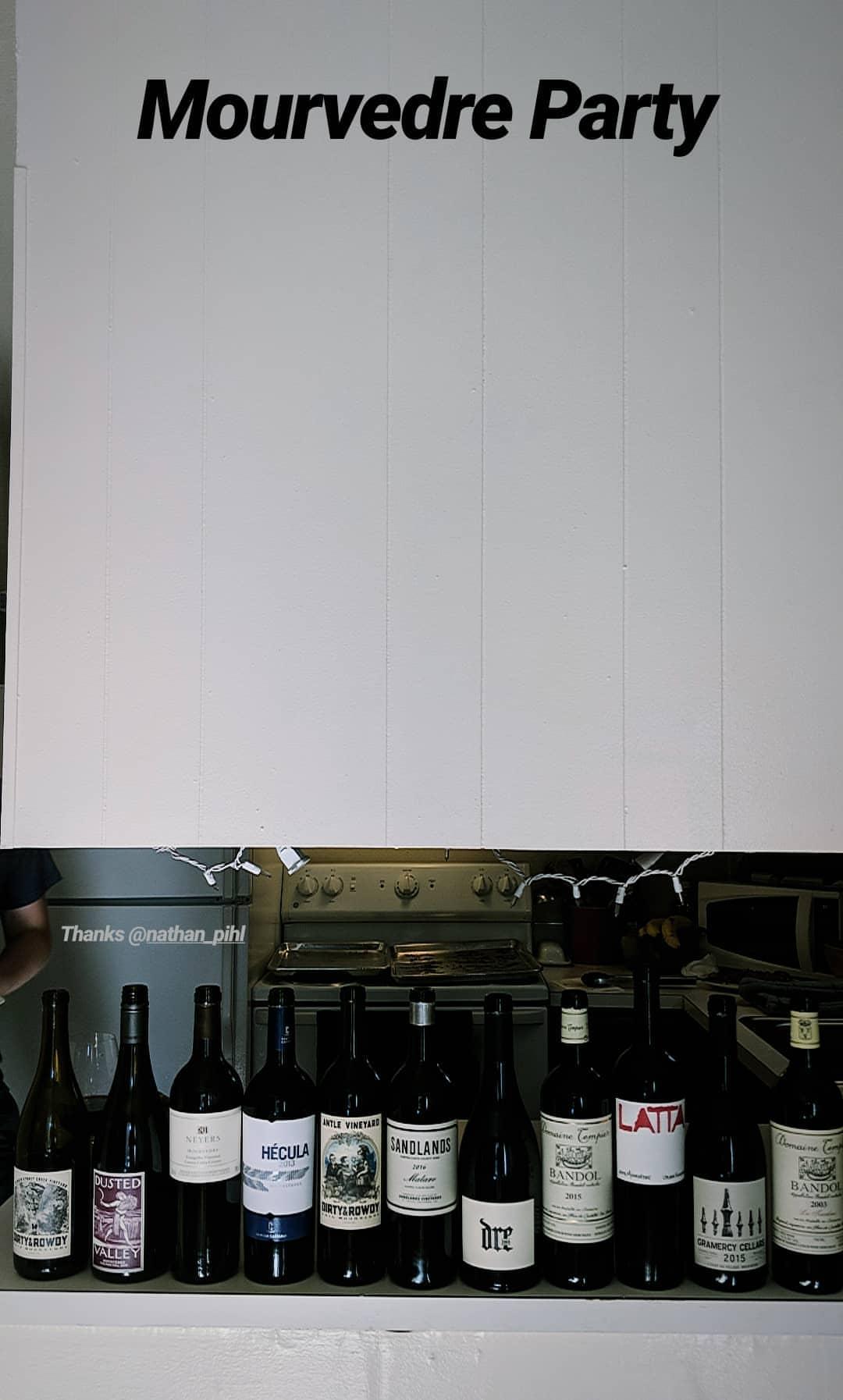Bill Hamlin, Mobile Bottling Expert
Every year we are met with the same signs that summer is here. At Fidelitas it’s a once brown and bare vineyard turned to lush green, the release of our Semillon for patio season, and our dreadfully quiet tasting rooms once again filled with friends and new faces. One less obvious indicator that summer has arrived is bottling week at Wine Boss. There’s nothing like watching the bottling truck pull up knowing that soon the wine that been waiting in barrel for the last 2 years is finally going to make its way into bottle, and eventually out into the world.
Bill Hamlin of Custom Mobile Bottling spent much of his early career bottling and packaging fruit juices and wine at Ocean Spray then Chateau Ste. Michelle which is where he and Charlie met back in the ’90s. At that time, Charlie encouraged Bill to branch out on his own and what do you know, he just as well did it, and he’s arguably the best in the biz.
His mobile bottling truck doesn’t look like more than a semi-truck from the outside, but on the inside is state of the art bottling machinery. Most small to medium-sized wineries, like us, choose to use mobile bottling as it’s more cost effective than investing in a $50,000 bottling line that only gets used a few times per year. Instead, we call in the expert who does this every day. He and his truck are an invaluable part of the final process before wines get introduced into the world.
In addition, Bill uses a cross-flow filtration system for filtering wine before bottling. Yeasts that escape the filtering or fining process, for example, can result in refermentation in the bottle and can alter the flavor. His equipment is the best for filtering out all the leftover junk and leaves nothing but the purest juice. You can actually see and taste the difference between the wine before and after cross-flow filtration, the latter being less murky and much softer on your pallet.
His truck has a bottom-feed volumetric filler, designed to minimize splashing as the wine is transported into bottles. After the bottles are vacuum-sparged, wine pumped from tanks into the filler is measured into the bottles, and then automatically leveled to a consistent volume. Then bottles are sealed with a cork and pushed off the line and placed in boxes. From there the wines are palletized, 56 cases per pallet to be exact, and sent to Vintners Logistics until they are ready to be released.
This week we are bottling the 2017 vintage red wines for Fidelitas, roughly 7500 cases or 90,000 bottles. These wines will be released in 2020.

Honorable mention to our team of bottlers who put loads of manual labor on bottling day. Thank you for waking up with the sun and lasting through the long, hot, hours in the truck.
Ideas and facts for this post came from https://www.goodfruit.com/bottling-on-wheels/. Thank you for the great publication.
Tips on Throwing a Blind-Tasting Party
Tasting wines completely blind is one of the most humbling things you can put yourself through especially if you consider yourself somewhat of a connoisseur. When we open a bottle of wine, pull a barrel sample, or step up to a familiar tasting bar we bring all sorts of baggage with us that effects our perception of what we're about to taste and makes it impossible to be unbiased. For example, in the winery, if we walk up to a barrel that's holding our favorite varietal from our favorite vineyard site and the specific barrel producer is one that we love we've already decided our opinion of the wine before even taking a sip. We constantly go through and taste blends and barrel samples blindly to make sure that we're critically and fairly judging all of our wines.

Here are some tips for you and your friends to throw your own blind-tasting party!
- Leave all egos at the door! Bounce ideas off of eachother and no making fun of descriptors or people's opinions. Tasting blind is a learned skill and takes a lot of practice.
- Choose a theme. Whether it's tasting 5 different Syrahs from all over the world, white wines with different sugar levels, WA cabs vs. old world cabs, red blends at different price points, etc... pick a theme and stick to it so that you can make meaningful comparisons between the wines and learn from them.
- Pool all your money together and have 1 person lead the tasting.
- Combinging $ will help you in buying multiple bottles
- If you rely on people bringing their own wines you'll get too much variety and the price points may be all out of whack
- Having 1 person host the tasting means they can ask leading questions + keep all of the wines organized. The host can also ask people specific questions to get them involved in the discussion.
- Use paper bags, pre-pour all of the wines, or use decanters so people don't cheat! For example Fidelitas bottles are a hair taller than most so they're a dead giveaway in a tasting even when covered up.
- Use wine evaluation templates as a guide. The Court of Master Sommeliers has some great resources: https://www.mastersommeliers.org/resources
- Make sure to have plenty of stemware. It really helps to taste the wines side-by-side.
- Make sure to have plenty of snacks and water to cleanse your palate.
- Enjoy yourself, it's just wine. Too often I've been to tasting groups where people don't leave their egos at the door and are too critical of others or themselves and take things too seriously. At the end of the day the point is to learn and drink wine with your friends!


Cheers!